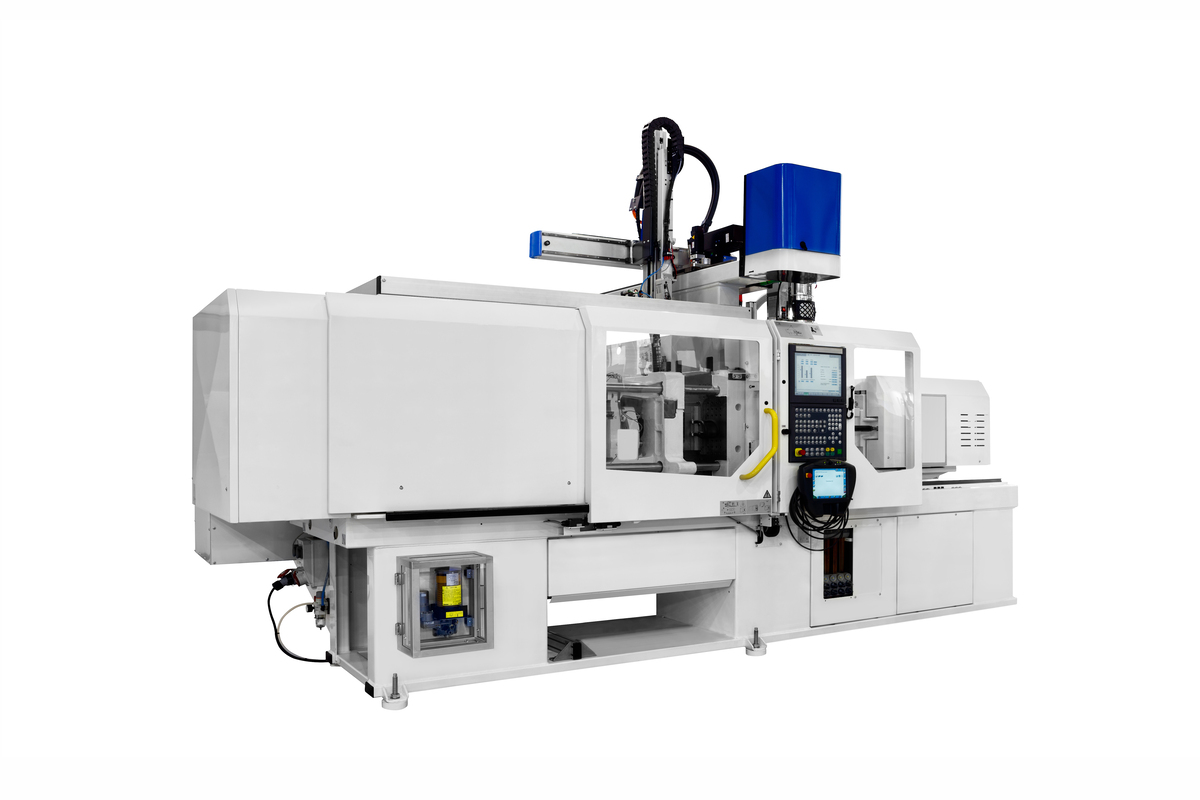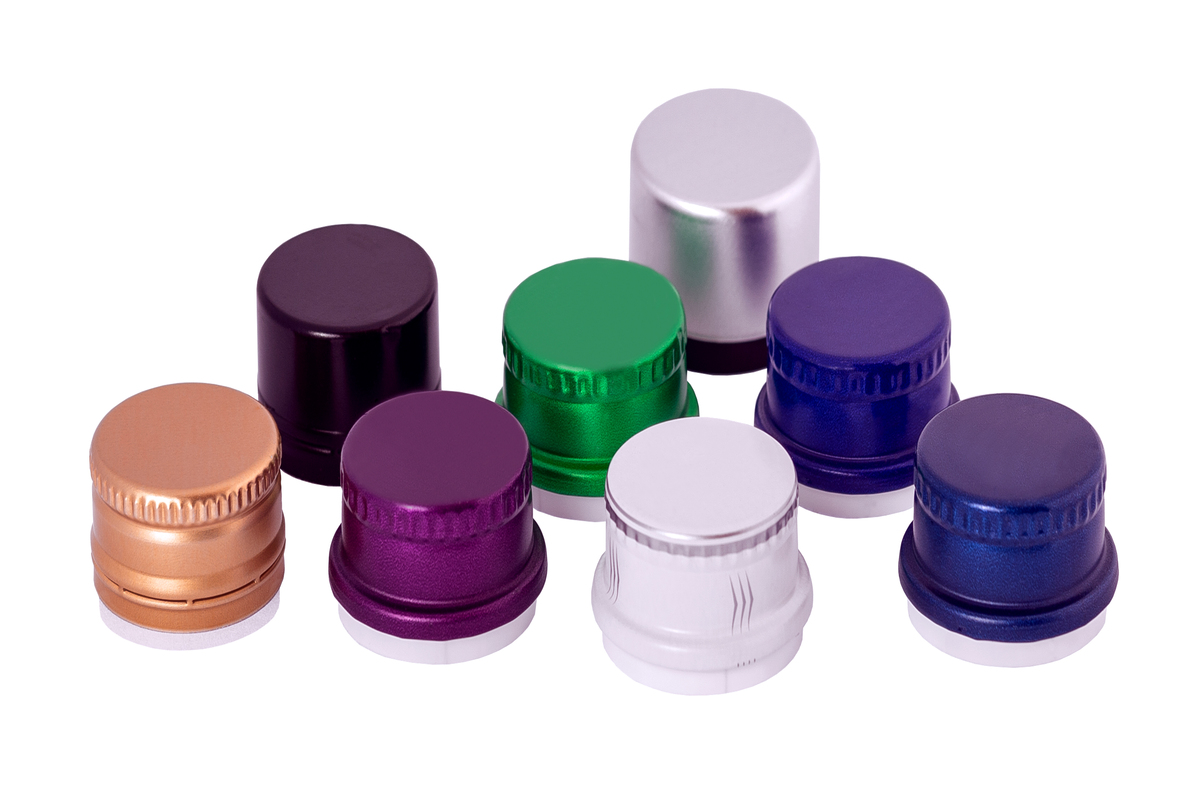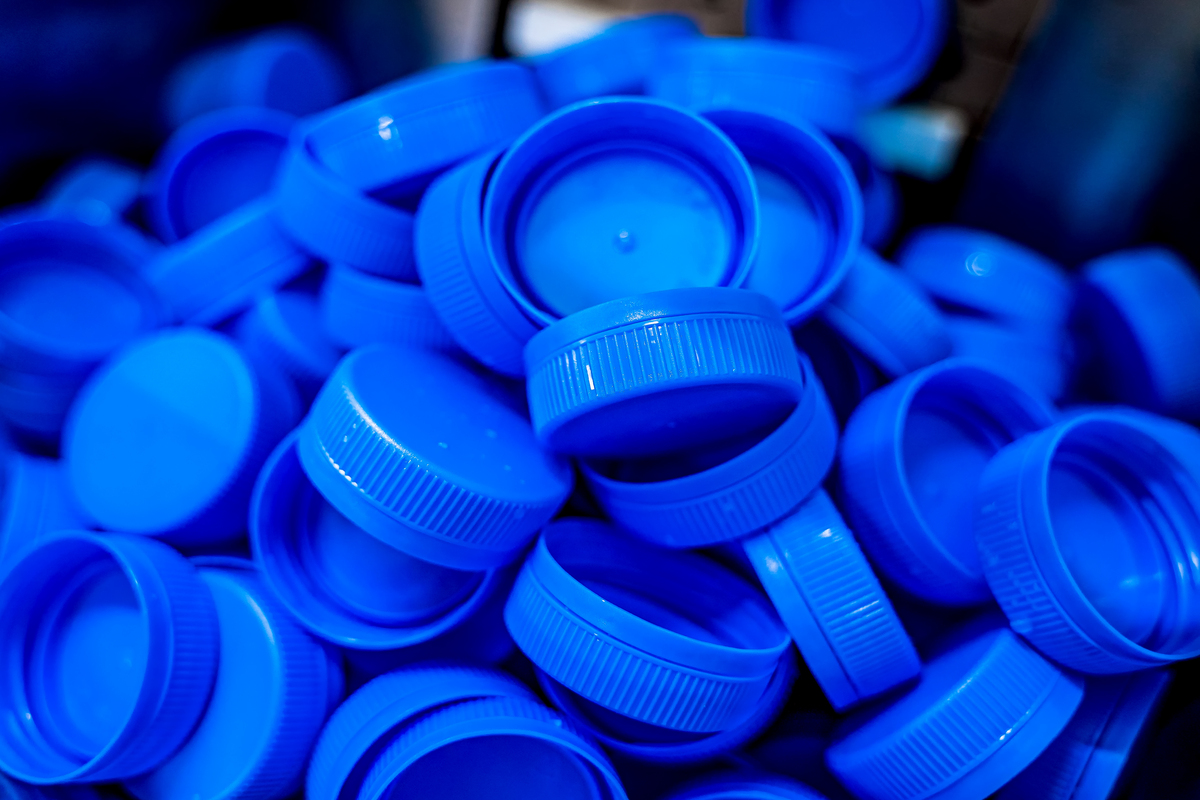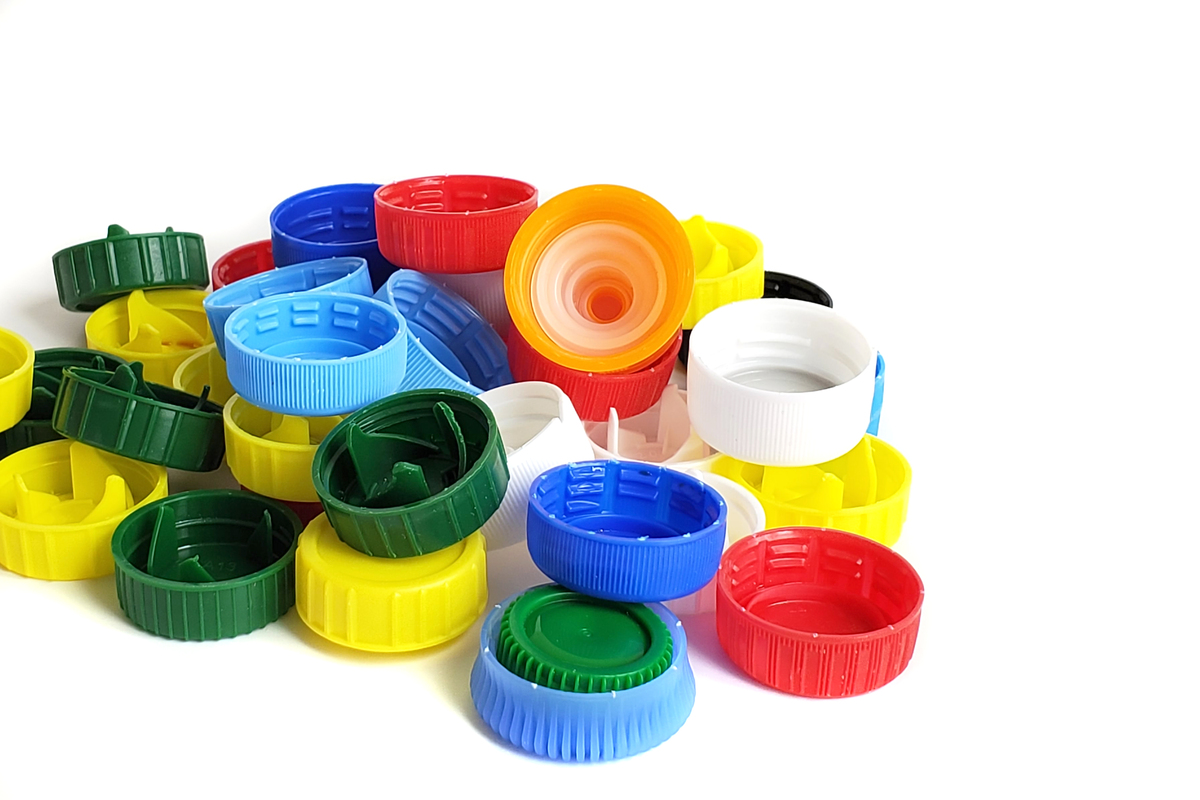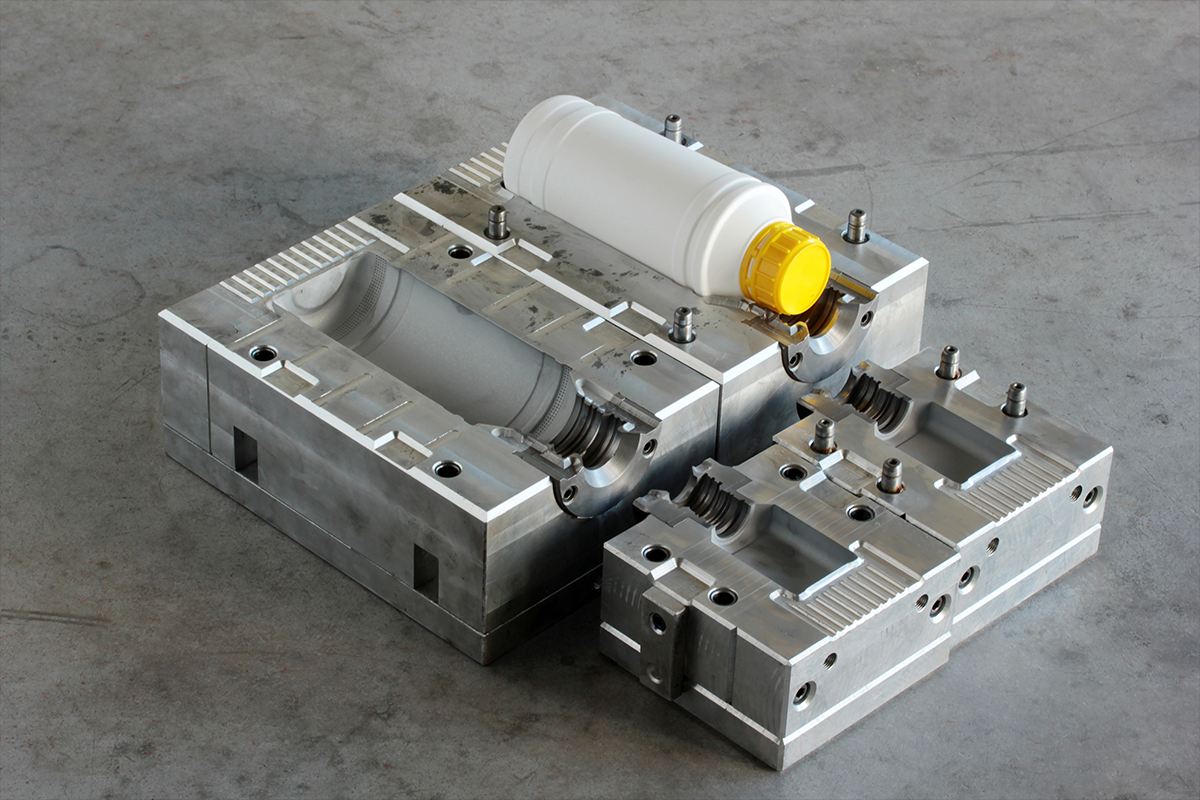
What is injection moulding? What is the process, types & products made from Injection Moulding?
7 Oct, 2022Have you ever wondered, looking at the small cap of a sauce bottle or maybe a toothpaste, how it is made? Possibly not, because we have grown so used to these tiny plastic parts all around us that we hardly notice. But for the record, it involves a very interesting and complex process known as Plastic Injection Moulding. Almost everything around us right from as simple plastic items as bottle or tube caps to complex plastic parts of automobiles or electronic appliances, are made using Injection Moulding.
So What is Injection Moulding?
Injection Moulding is an industrial manufacturing process where moulds are used to produce specific design parts in large quantities. Most commonly used raw materials for Injection Moulding include plastic, rubber, glass or metal.
Precision Plastic Injection Moulding involves use of molten thermoplastic polymer resins that are injected under pressure into metal moulds of required designs to create specified parts with good tolerance. Why Precision? Since the manufactured parts through Injection Mouldng are precisely according to the mould design with negligible design variation creating identical parts.
Injection Moulding has proved to be very resourceful and effective for producing high volumes of plastic parts. Which is why it is now-a-days the most preferred method employed across industries for mass production of parts with the advantage of low production cost per unit and mostly higher reproducibility.
A Peek into the Injection Moulding Process
Simply put Injection Moulding in essence involves four simple steps:
- Melting the raw material at high temperatures.
- Injecting it into the moulds under high pressure
- Cooling down the molten material into a solid state.
- Removing the final product from the moulds.
Although, as simple as it may sound to a layman, it involves complex machinery and mechanism to create the final product which might be as basic as a plastic button. The Plastic Injection Moulding process consists of following major phases:
- Feeding the raw material: The most commonly used raw material for Plastic Injection Moulding are thermopolymer resins of various types - PolyPropylene (PP), Acrylonitrile Butadiene Styrene (ABS), PolyEthylene (PE) and PolyStyrene (PS). These polymers are fed into the machines in the form of pellets which are then molten at high temperature..
- Inclusion of Additives: It is at this stage where pallets are mixed with additives like masterbatches for coloring pigments or reinforcement agents to get the desired properties of the final product. This step is crucial to enhance the quality of the product.
- Injecting the Polymers: The molten mixture is now rotating in the auger and is ready to be injected. The auger plunges this hot liquid plastic into the moulds like a syringe till the liquid fills up the whole cavity. The molten plastic is injected into the moulds at high pressure with controlled flow and pressure to ensure consistency and quality of the plastic part.
- Cooling down the Plastic: At this stage the plastic cools down to normal temperatures and solidifies back to take the shape of the mould. Thus, creating the plastic part of desired shape, color and quality. Each time the process involves the same moulds for as long as the production continues producing high Precision Plastic Injection Moulded Parts..
- Ejecting the Product: Once the plastic cools down and takes up the shape of the molds, the moulds open and the ejector pins push out the plastic part. The moulds again close and the process repeats for the next batch.
The complete cycle is only a matter of a few seconds enabling the production capacity of hge volumes. The ejected parts are then transferred to the holding area through conveyor belt. These products are ready to use immediately after the process and need no to very little processing post production.
Why is Injection Moulding the Method of Choice?
Injection Moulding is the most versatile method to produce plastic parts of numerous industrial applications. With the constant upgradation in the technology and the process, it provides a suitable solution for large volume production of plastic parts in many sectors. Few of the advantages of Injection Moulding as the method of choice are listed below:
- High Volume Production: Injection Moulding is the most cost effective method to produce large volumes of parts in a short time. Once the mould is designed and prepared, parts can be made for as long as the demand exists. As the production units increase in number, it becomes more economic.
- High Productivity: Very large volumes of parts are made in a short time span through Injection Moulding. A complete process cycle lasts about a minute or two producing large quantities within an hour.
- High Precision and Quality: Injection Moulding is highly repeatable. Once the mould is created, it produces identical parts of similar strength, thickness and tolerance. Thus, producing parts of the same quality with high precision over multiple cycles.
- Excellent Finish: The products made with Injection Moulding are superiorly finished and don’t need much processing later on. Use of Virgin polymers for manufacturing ensures good quality and finish of the parts.
- Better Quality with Customization: With addition of masterbatches, one can improve the quality, texture and color of the plastic parts to required level.
Applications of Injection Moulding
If we observe around ourselves a little, we will find numerous examples of products that are made using Injection Moulding. Right from packaging of food items to electronics, or even automobiles to toys, most of them are made with Injection Moulding. It has proved to be a boon to industrial growth across sectors.
- Packaging: Given the versatile nature of the process, it is the most commonly and widely used method to manufacture plastic parts for packaging Food & Beverages, Cosmetics, FMCG, personal care & health etc. These plastic packaging parts include caps, spouts, flip top covers, zippers, core plugs and many more such small closures.
- Electrical: Every consumer electronic device is made with Injection Moulded plastic enclosures and casings. The growing demand and overuse of technology is leading to mass production of such plastic components where Injection Moulding proves to be a favorable choice of manufacturing. Apart from electronics, most of the electrical components are Injection Moulded like switches, boards and enclosures.
- Medical Pharmaceuticals: Apart from parts used for packaging, pharma and healthcare are exploring new possibilities in medical devices, disposables and equipment parts. Injection Moulding serves as a highly precise technique to produce superior quality products and ensure maximum safety.
- Automobiles: Number of vehicles running on the road are constantly on the rise. While almost every plastic component of a car’s interior is made by Injection Moulding, many of the internal parts and external parts have Plastic Injection Moulded components like mirrors, bumpers, dashboards etc.
- Home Appliances: Similar to electronics, appliances too require Injection Moulded Plastic parts like knobs, casings, internals components etc. As a matter of fact, Injection Moulding Plastic parts provide durability and better performance of these appliances.
- Toys: Every single plastic part of a toy is majorly made with Injection Moulding like Legos, building blocks, toy cars and other commonly played toys.
Injection Moulding enables endless possibilities of applications across the industrial plane and hence paves a path for further technological advancements. Full service providers like UFlex Mouldings, offer a complete range of Injection Moulding Solutions to our clients right from designing & manufacturing components, designing and making moulds and plastic parts finishing and assembly. Our state-of-the-art facility and skilled workforce has been instrumental in providing timely services and exemplary results to our clients.

